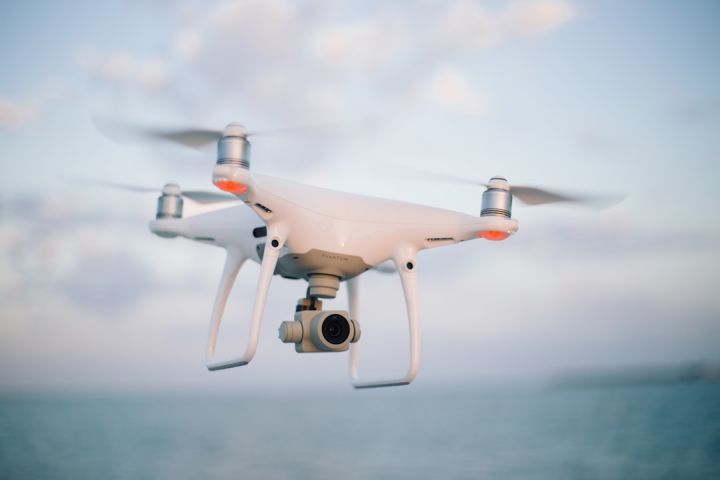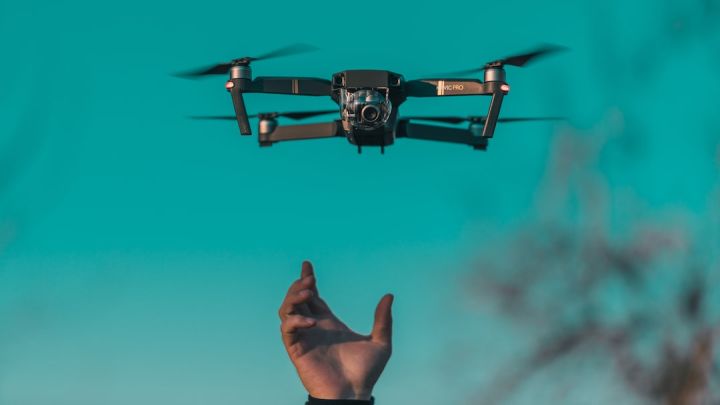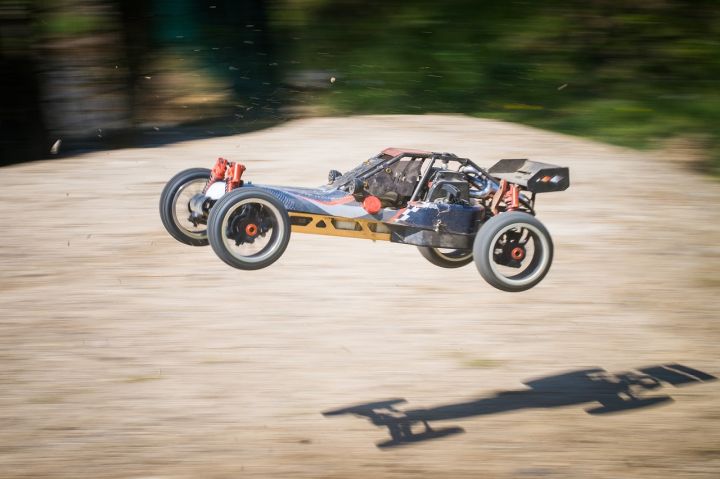Can Drones Transform Agriculture and Farming Practices?
As technology advances, industries across the board are finding innovative ways to improve efficiency and productivity. One such industry that is embracing technological advancements is agriculture. Traditionally, farming practices have relied heavily on manual labor and outdated methods. However, with the introduction of drones, the landscape of agriculture is rapidly changing. Drones have the potential to revolutionize farming practices, bringing about increased yields, reduced costs, and improved sustainability. In this article, we will explore the various ways in which drones can transform agriculture.
Precision Agriculture: A Game-Changer
Precision agriculture is a farming technique that involves using technology to optimize crop production. Drones play a crucial role in this technique by providing farmers with valuable data and insights. Equipped with high-resolution cameras and sensors, drones can capture detailed images of crops and identify areas that require attention. This allows farmers to make informed decisions regarding irrigation, fertilizer application, and pest control.
By using drones, farmers can monitor the health and growth of their crops more efficiently and accurately. They can quickly identify signs of stress or disease, enabling them to take immediate action to prevent further damage. Additionally, drones can generate precise 3D maps of fields, helping farmers identify areas of uneven soil fertility or irrigation issues that may affect crop growth. With this information at their fingertips, farmers can adjust their practices accordingly, leading to increased yields and reduced waste.
Crop Dusting: Aerial Application Made Easy
Traditionally, crop dusting has been a labor-intensive and potentially dangerous task. However, with the use of drones, this practice becomes much more efficient and safer. Drones equipped with spraying systems can accurately apply fertilizers, pesticides, and herbicides to crops, reducing the need for manual labor and minimizing exposure to harmful chemicals.
Agricultural drones are programmed to follow specific flight paths, ensuring complete coverage of the fields. They can also operate at low altitudes, allowing for better precision and minimizing drift. This not only saves time and resources but also reduces the environmental impact of chemical application. By utilizing drones for crop dusting, farmers can achieve better crop health and quality while reducing costs and maximizing productivity.
Livestock Monitoring: Keeping an Eye on the Herd
Drones are not limited to crop-related tasks; they can also be used to monitor livestock. With the help of thermal cameras and sensors, drones can track the movement and health of animals. This is particularly useful for large-scale farms, where it may be challenging to keep an eye on every individual animal.
By using drones, farmers can quickly identify sick or injured animals, allowing for immediate intervention. Drones can also help locate lost or stray animals, reducing the time and effort spent searching. Additionally, drones can monitor grazing patterns, ensuring that livestock have access to sufficient food and water. This level of monitoring enhances animal welfare and improves overall farm management.
The Future of Agriculture
The potential applications of drones in agriculture are vast and ever-expanding. From crop monitoring and analysis to livestock management and beyond, drones have the ability to transform farming practices as we know them. As technology continues to advance, we can expect to see even more sophisticated drones with improved capabilities.
However, it is important to acknowledge that there are challenges and limitations associated with drone use in agriculture. Issues such as regulatory frameworks, privacy concerns, and initial investment costs need to be addressed to ensure widespread adoption. Nonetheless, the benefits of drones in agriculture are undeniable, and with proper planning and implementation, they have the potential to revolutionize the industry.
In conclusion, drones have the ability to transform agriculture and farming practices in numerous ways. From precision agriculture to crop dusting and livestock monitoring, drones offer farmers a range of tools to improve efficiency, reduce costs, and increase yields. While there are challenges to overcome, the potential benefits are too significant to ignore. As we move forward, it is essential for farmers, industry stakeholders, and policymakers to embrace the opportunities that drones present and work together to shape the future of agriculture.







